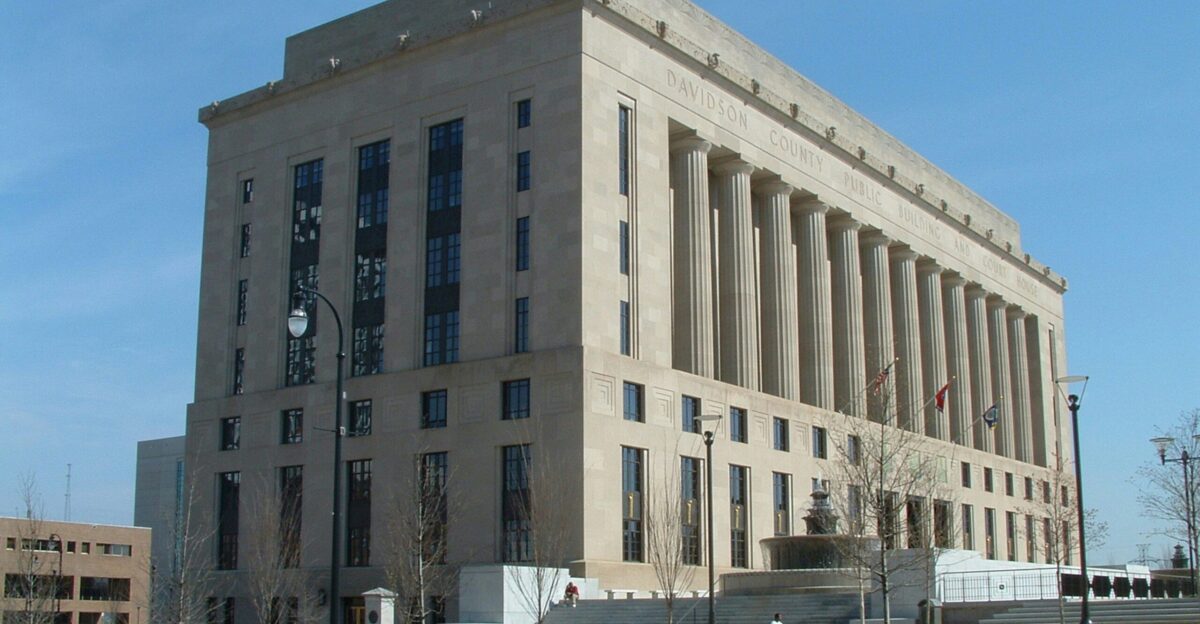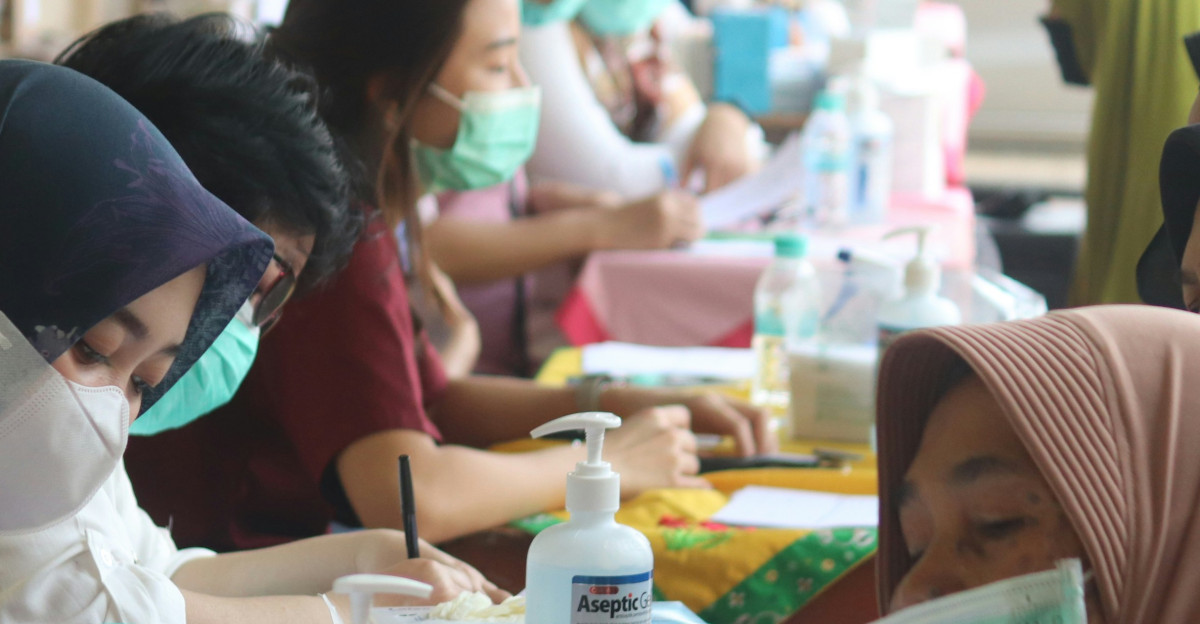
Many Americans still believe simplified stories about Indigenous peoples that just aren’t true. Research from the Smithsonian’s Native Knowledge 360° initiative shows these misconceptions affect how people view policy and culture (Smithsonian, 2024). By repeating myths at every grade level, from festive Thanksgiving plays to blockbuster westerns, we have built a skewed picture of Native American history that harms real communities today.
These Misconceptions Impact Modern Policy and Social Attitudes

Misunderstandings about Native peoples do not live in textbooks alone—they influence social attitudes and government decisions. Digital History at the University of Houston notes that “no aspect of our past has been more shaped by popular mythology than Native American history” (Digital History, 2020). As tribal nations assert rights and demand respect, clearing up falsehoods becomes not just an academic exercise but a matter of justice.
1. All Native Americans Share One Culture

Despite more than five hundred distinct tribal nations, many still talk about “the Indian” as if there were just one group. The Muwekma Ohlone Tribe explains that calling everyone “Indian” began with Columbus in 1492—and it stuck (Muwekma Ohlone, 2021). Today, 574 federally recognized tribes uphold unique languages, governance, and traditions, making blanket labels not only wrong but also erasing Indigenous diversity.
2.Native Americans Get Free Government Benefits

You’ve probably heard that Native Americans get free monthly checks from Uncle Sam, but that’s a myth. California Indian Legal Services reports no such payments exist (CILS, 2020). Instead, treaty obligations delivered land in exchange for services like education and healthcare, meaning federal programs are contractual duties—promises made when tribes ceded vast territories—not gifts handed out without cause.
3. All Native Americans Live on Reservations

Pictures of remote reservations fuel the idea that every Native American lives far from cities. In reality, U.S. Census data show 57 percent of American Indians and Alaska Natives reside in metropolitan areas (U.S. Census Bureau, 2022). Urban Native communities blend professional careers, student life, and cultural ties, proving that reservation stereotypes ignore the majority’s lived experience.
4. Native Americans Don’t Pay Taxes

It is easy to think tribal members never pay taxes, but most do. Investopedia clarifies that Native Americans working off-reservation pay federal, state, and local taxes like other citizens (Investopedia, 2025). Exemptions apply only in narrow cases on trust land or specific tribal enterprises, making broad-brush tax myths both inaccurate and unfair to Indigenous taxpayers.
5. The First Thanksgiving Was a Friendly Celebration

The celebratory first-Thanksgiving tale omits political strategy and tragedy. Smithsonian Magazine reports that in 1621, Wampanoag chief Ousamequin forged a military alliance with Plymouth colonists to secure weapons against rival tribes (Smithsonian Mag, 2022). Within decades, this pact collapsed into King Philip’s War, one of colonial America’s deadliest conflicts, far from the cozy harvest fest we teach today.
6. Native Americans Are a “Vanishing” People

You might think Native Americans dwindled to near-extinction, but U.S. Census figures tell a different story: about 8.7 million people identified as Native in 2022 (U.S. Census Bureau, 2022). The “vanishing Indian” myth served colonial narratives by suggesting Indigenous disappearance was inevitable—ignoring decades of displacement, warfare, and policy-driven population loss, followed by steady demographic recovery.
7. All Native Americans Are Wealthy From Casinos

Hollywood scenes of glittering casino floors feed the belief that every Indigenous person is rich. Muwekma Ohlone Tribe data show that only 39 percent of tribes operate gaming facilities, and just a fraction earn significant revenues (Muwekma Ohlone, 2022). Most profits underwrite tribal services, healthcare, education, and infrastructure rather than line individual pockets, debunking the “wide-open jackpot” stereotype.
8. Native Americans All Look the Same and Have “Indian Names”

We have all seen movies casting actors in feathered headdresses, but Native appearance varies as much as any ethnicity. Walter Fleming of PDK International emphasizes that tribes include people with blue eyes, blond hair, or features shared with African Americans (PDK, 2003). Naming customs also differ—many Indigenous people use both English and traditional names or none.
9. Sports Mascots Honor Native American Tribes

Team logos of chiefs and warriors might feel like compliments, but Native leaders disagree. The Association on American Indian Affairs reports that nearly 1,900 sports teams still deploy Indigenous imagery despite tribal opposition (AAIA, 2021). Psychological research from Ohio State University finds that mascots reinforce harmful stereotypes and lower Native youth self-esteem—hardly the honor promoters claim.
10. Native Americans Have Special Alcohol Problems

Portrayals of the “drunken Indian” ignore science. A University of Arizona study found Native binge-drinking rates match those of white Americans, while abstinence is actually higher among Indigenous adults (UA, 2016). When alcohol problems appear, research shows they stem from historical trauma and poverty—not some inborn predisposition—calling for targeted support rather than blanket judgment.
11. Columbus “Discovered” America

Textbooks often celebrate Columbus’s arrival, yet his voyages never reached North America. Katie Couric’s platform points out that he landed in the Caribbean, enslaved Taíno people, and brutalized communities (Couric, 2021). Replacing Columbus Day with Indigenous Peoples’ Day, as over 130 cities now do, acknowledges these darker realities and honors the continent’s original inhabitants.
12. Boarding Schools Were Educational Institutions

“Kill the Indian, Save the Man” was not just rhetoric, it actually guided government boarding schools into the 1980s. The National Native American Boarding School Healing Coalition reveals that by 1926, 83 percent of Native children were forced into institutions designed to erase language and culture (NNABSHC, 2025). Recent discoveries of unmarked graves confirm the deadly toll of these so-called educational programs.
13. Native Americans Get Free College Education

The idea that Native students enjoy automatic tuition waivers overlooks history. The Conestoga Susquehannock Tribe explains that boarding-school “free education” was part of assimilation efforts marked by abuse (Susquehannock, 2014). Today’s tribal scholarships stem from treaty commitments rather than generous charity, and many students still wrestle with rising tuition and living costs.
14. All Native Americans Are Spiritually Connected to Nature

Romantic images of Indians living seamlessly with the earth place unfair expectations on tribal communities. Few for Change argues this “ecological Indian” stereotype shifts blame from extractive industries by casting Indigenous peoples as naturally pure (Few for Change, 2021). In truth, tribal nations balance environmental stewardship with economic development priorities like any modern government.
15. Native Americans Sold Manhattan for $24

You’ve heard Manhattan was sold for trinkets valued at $24, but Indian Traders clarifies that the Dutch actually paid goods worth about $1,150 today and acquired Staten Island, not Manhattan (Indian Traders, 2023). Native leaders negotiated complex deals, exchanging firearms and tools in diplomatic agreements that benevolent-trader myths conveniently oversimplify.
16. Native Americans Receive Free Healthcare

Assumptions about unlimited tribal healthcare clash with reality. Tribal Health reports that Indian Health Service clinics often lack specialists, forcing patients to travel hundreds of miles for care (Tribal Health, 2024). Services derive from treaty obligations, yet chronic underfunding leaves communities facing severe provider shortages and logistical hurdles rather than truly free, comprehensive care.
These Misconceptions Have Real-World Consequences

These 16 misconceptions are not harmless stories—they shape how America handles tribal sovereignty, land rights, and social services. As Native populations grow and assert political power, shattering myths becomes crucial for fair policy and respectful dialogue. Confronting uncomfortable truths about colonization and cultural erasure paves the way for a more honest, inclusive future that honors Indigenous voices and experiences.
Moving Forward Requires Listening to Indigenous Perspectives

Clearing out myths means more than changing lesson plans; it demands listening to tribal leaders, integrating Indigenous perspectives into media, and funding educational reforms nationwide. When schools, museums, and lawmakers align factual history with tribal realities, communities can move past harmful stereotypes. Only then will America begin to treat its first peoples with the respect and understanding they have long deserved.